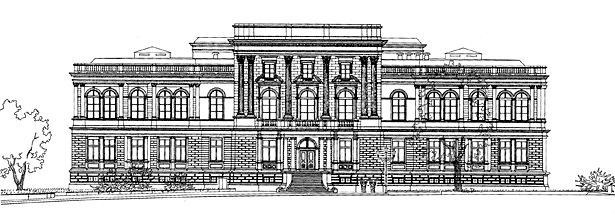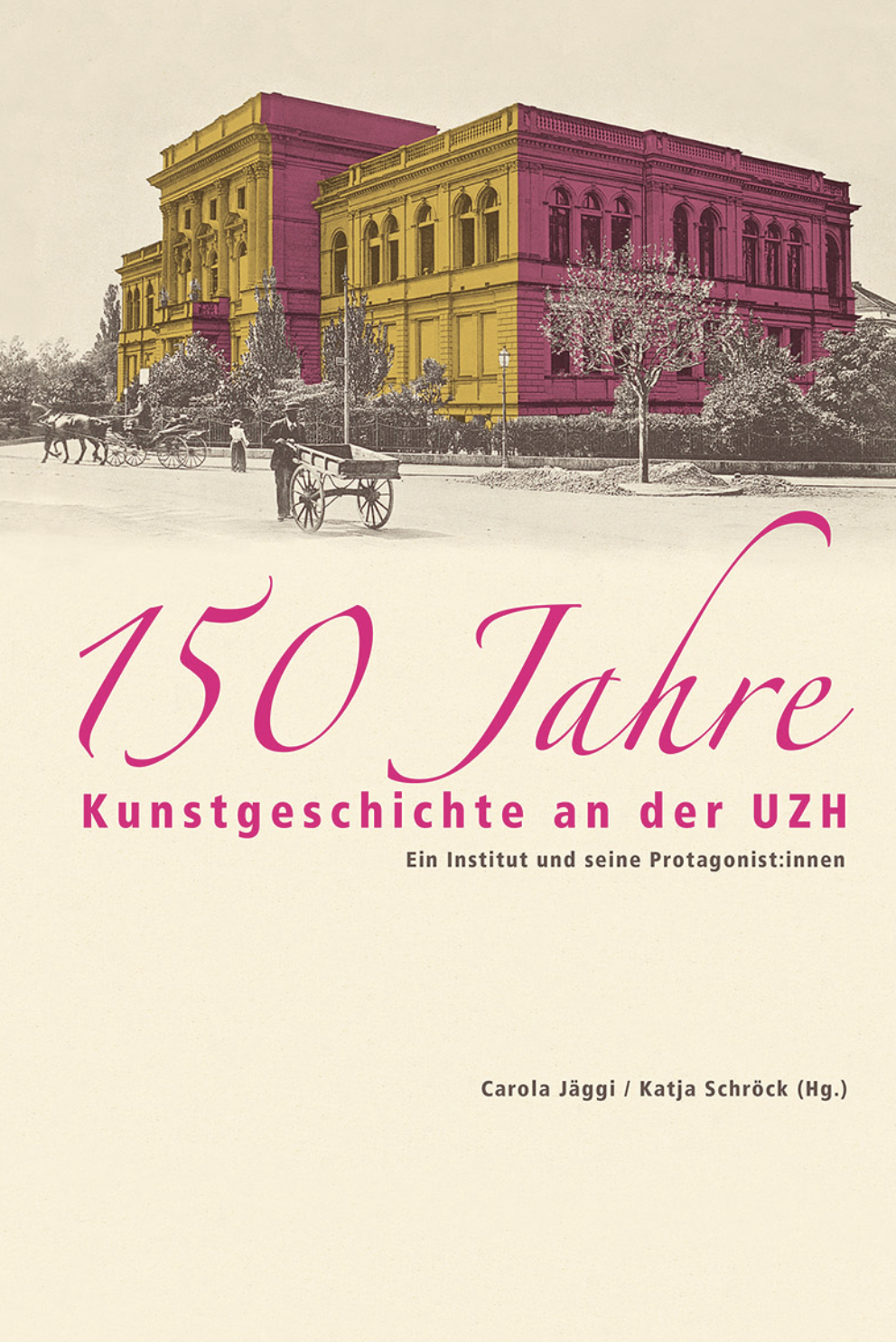History of the Institute
Art history as an academic discipline at UZH goes back to the time of the foundation of the University, on 1 May 1833. A detailed history of the era until 1939 was published by Adolf Reinle ("Kunstwissenschaft an Schweizer Hochschulen." 1. The chairs at the universities in Basel, Bern, Freiburg, and Zurich from their establishment until 1940 in: Jahrbuch des Schweizerischen Institutes für Kunstwissenschaft, 1972/73, Zurich 1976, pp. 71–88).
In 1870, the professorial chair for art history was established with two associate professorships, for Friedrich Salomon Vögelin and Johann Rudolf Rahn, respectively. While Vögelin focused his work on cultural history, Rahn devoted most of his time to architecture and the inventories of protected buildings in Switzerland. Rahn, who held the professorship for over 40 years (from 1870 to 1912), became founder of the “Zurich School,” which aimed for a study of the arts based on objective observation of the original.
Rahn’s successor was his student Joseph Zemp (1913–28), who continued Rahn’s work. Konrad Escher, professor from 1928 to 1942 – as well as a student under Rahn – joined the objective school of art history. Another colleague was Heinrich Wölfflin, who returned from Germany to teach as a full professor ad personam from 1924 to 1934. Gotthard Jedlicka, appointed associate professor in 1939, became a full professor of art history in 1945. Following Jedlicka’s death in 1965, a new phase of art history scholarship was established with the work of Emil Maurer (1967–1982) and Adolf Reinle (from 1965).
The Building at Rämistrasse 73
In 1893/1894 the University moved into Rämistrasse 73, a building designed by Otto Weber, a student of Gottfried Semper, and located on the site of the former city bulwarks. The premises served as an eye clinic until 1953. After the clinic was incorporated into the present-day University Hospital (across the street), and following minor changes to the interior, the Department of Archaeology and its collection, and the Institute of Art History took up residence in the building.

